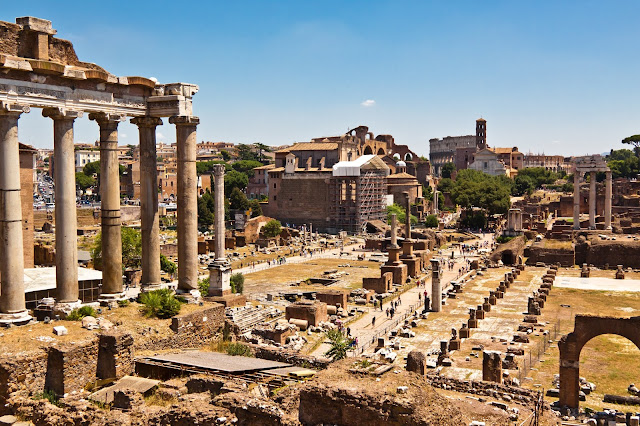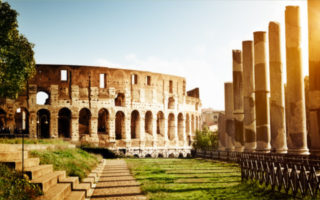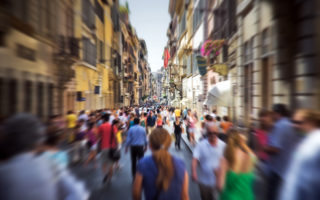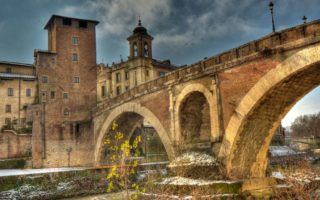Intern in Rome: WALKING IN THE EMPEROR’S FOOTSTEPS
Recently, I had the opportunity to take the Colosseum tour. Despite its name, the tour does not only cover the Colosseum. It also explores other parts of Ancient Rome, including the Roman Forum and Palatine Hill.
The Roman Forum
Looking at the Roman Forum is an intense experience because not only does one see monuments from one time period, but from several time periods. Trying to comprehend all the generations that have built monuments and held meetings in those areas feels impossible. This is such a great experience to have because in the US we don’t have many man-made monuments that are ancient or that show the way culture has changed throughout time. One of my favorite buildings explained to us by our tour guide, Daniella, was the Temple of Antonius and Faustina. Originally, it was just the Temple of Faustina. It was dedicated to Antonius’ wife, Faustina who had passed away. Antonius deeply loved his wife and was devastated by her death. He deified her, had the temple built for her, and never married again. When he died, his successor deified him and added his name to the temple. Antonius and Faustina were considered to have an ideal marriage and both were greatly admired. Later on, their temple, like many ancient structures in Rome was converted to a Roman Catholic Church.
The Colosseum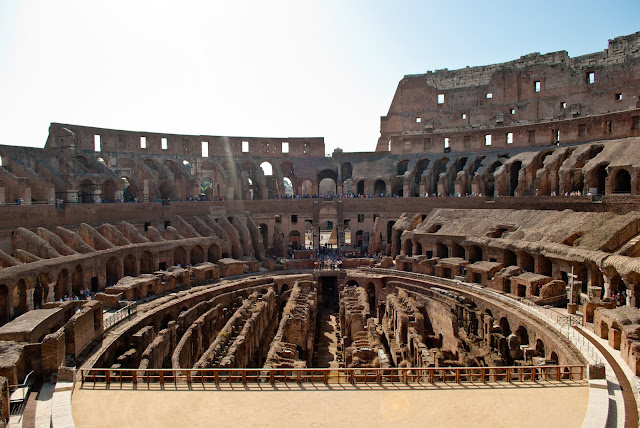
Since I had heard so many stories about the Colosseum, it was a bit unreal. The guide explained how the entire bottom part, which I had assumed to be some sort of a maze for gladiators, was actually covered up in ancient times. It was used to hold different wild animals and it had several trap doors leading to the platform so that no one suspected where the animals would appear from. Though learning some of the history of the Colosseum was a bit gruesome, I think it was really important to understanding Ancient Roman history and in general, human history.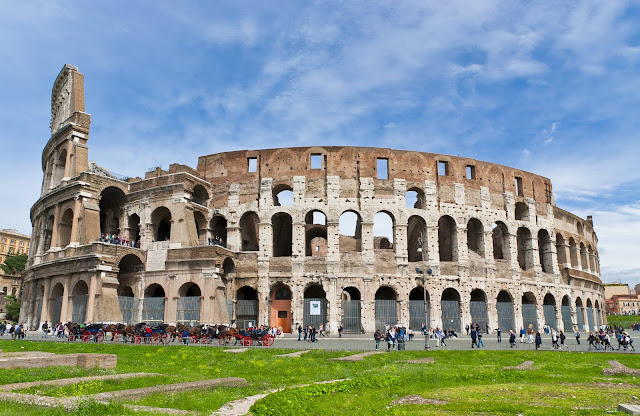
Overall, I really appreciate the opportunity to explore and learn about the ancient ruins and monuments in Rome. It is so easy to focus on the present and recent history, but it is important to recognize the past and all the different ways it has influenced the present and present terminology, such as the word ‘palace’ stemming from ‘Palatine’ Hill where Roman royalty lived.
Written by: Paola Gilliam
If you liked this article, read also “Intern in Venice: DELVING INTO THE “CITY OF CANALS”
